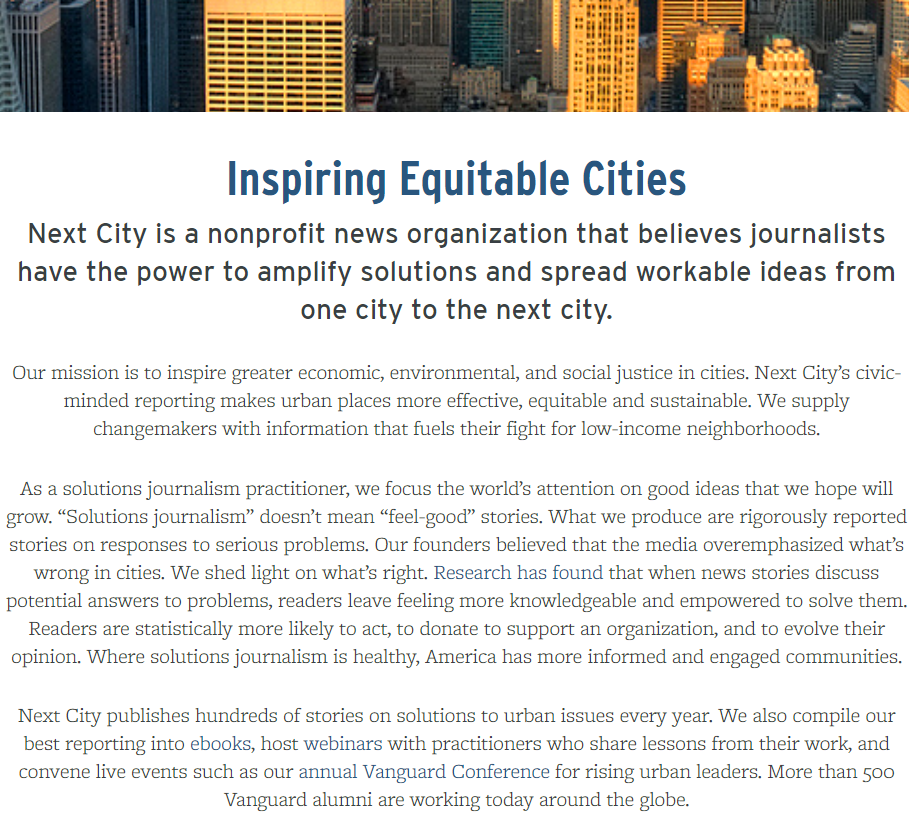Introduction
Growing numbers of news organizations are dedicating more effort, and more space, to substantive solutions coverage. But it’s not always clear that audiences know what they’re seeing — or why.
They should. With news avoidance and distrust in the media rising to unprecedented levels, we believe that now is the time to consider labeling and promoting solutions journalism so audiences can identify what distinguishes this coverage.
There is an opportunity to showcase a fresh paradigm by elevating what is being done right to address endemic crises. This can also help your audience identify the unique approach of solutions journalism and convey its added value worth paying for.
Joy Mayer from Trusting News published this blog post, in which she wrote, “If you want solutions work to be part of the story of your journalism, you need to actually tell that story.” Mayer recommends that newsrooms mention the solutions frame of their work on social media, in newsletters, within articles and by creating dedicated landing pages. These are also opportunities to connect your reporting to a call to action asking for financial support.
Building on these recommendations, we can offer five strategies for maximizing the ways your solutions reporting gets noticed.

The TL;DR version:
- Go meta: Inform your audience about the reasons you practice solutions journalism everywhere you describe your work.
- Involve your whole team: Make developing solutions journalism the responsibility of people across roles in your news organization.
- Work smarter, not harder, when it comes to messaging: Make boilerplate language about solutions journalism readily available to your newsroom.
- Represent the response with visuals: Videos and photos matter. It’s worth the time and attention to go beyond stock photos and ensure visuals match the solutions focus of a story or series.
- Put time into headlines and social media posts: Match the tone of the story and highlight the response (what’s different) in headlines, social media and newsletters.